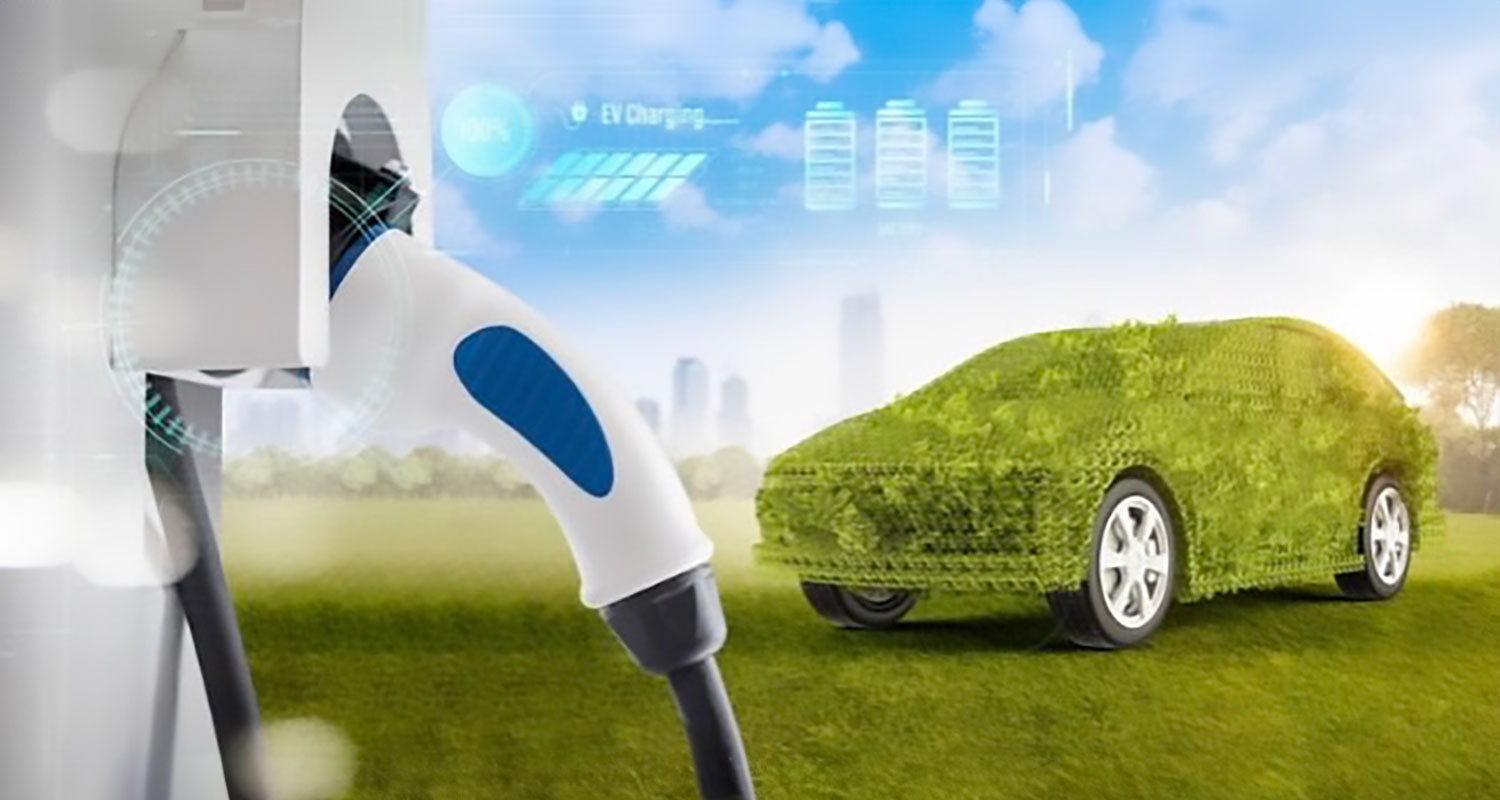
04 Sep September’s Action: Explore Electric Vehicles
As Mainers, we have probably all uttered the phrase, “you can’t get there from here” as a response to being asked for directions. With seemingly few direct routes from Point A to Point B, it may come as no surprise that 49% of Maine’s fossil fuel emissions come from transportation.
Therefore, transitioning from using fossil fuels to electricity for transportation is a key step in meeting the goals outlined in “Maine Won’t Wait”, the State’s four-year climate action plan for protecting our natural resources, communities, and people from the worst effects of climate change.
With an increasingly robust charging network, combined with with tax credits and rebates from both the Federal Government and Efficiency Maine, it is becoming easier to “get there from here” using electric vehicles (EVs). There are now more than 40 different models of EVs on the market, many of which can go up to 300 miles (or more!) on a single charge. That means that if you charged up in Kittery, you could drive all the way to Calais (277 mi) on a single charge!
EVs are Cleaner
According to the Sierra Club, the cars and trucks on America’s roads burn approximately 121 billion gallons gasoline per year, emitting more than three trillion tons of carbon pollution in the process. Based on full life-cycle analysis, the generation of electricity to power an EV emits less carbon than powering a standard car. If you live in an area where more energy production comes from renewable sources (like wind or solar), then driving an EV results in significantly lower emissions. As we transition the grid to include more renewables and phase out coal and natural gas, EVs will become even cleaner when it comes to carbon emissions.
For a deeper dive into the environmental benefits of EVs, visit the Sierra Club’s Electric Vehicles website.
EVs are Fun to Drive
The electric motor that drives the car generates a lot of power and since it is sent directly to turn the wheels – that means a LOT of torque. The acceleration in an EV feels instantaneous, allowing you to leave that fancy (combustion engine-driven) sports car in your dust when the red light turns green. It also means that you can speed up quickly to merge effortlessly onto 295. Add the quiet ride and ultra-tight turning radius, and you have a car that is just plain fun to drive.
To check out the latest models and find the right fit for your lifestyle, check-out an event during the upcoming National Drive Electric Week, happening Sep 27-Oct 6, 2024.
EVs are less expensive to operate
EVs require less maintenance than conventional vehicles, which translates to lower maintenance costs over the life of the vehicle and electricity is less expensive than gasoline and diesel.
On average, operating an EV in the U.S. is $1.24 per eGallon – when compared with gasoline prices in the $3.00 range, the savings recouped from not buying fuel are substantial. Analysis by Consumer Reports found that although an EV may cost 10% to 40% more than a conventional car, the total ownership costs (I.e., purchase price plus fuel and maintenance) are substantially lower for an EV. In fact, depending on which models are being compared, an EV can save a driver somewhere between $6,000 and $10,000 over the life of an EV.
Tax credits and rebates are helping to put EV-ownership within reach of more and more drivers. Among the climate change fighting measures put in place by the 2022 Inflation Reduction Act (IRA) were tax credits on new and used EVs (and plug-in hybrids) to help Americans move out of gasoline-powered vehicles into new or used electric vehicles. In addition, Efficiency Maine provides Mainers with direct rebates on new and used EVs and PHEVs – these range from $500 to $7500 for new vehicles and $2500 for used vehicles, depending on income and model.
To learn more about how you can qualify for the federal tax credits and Efficiency Maine rebates, visit Maine Won’t Wait Actions for Vehicles.
EV (Electric Vehicle) GLOSSARY
BEV = Battery Electric Vehicles drive using only the electricity stored in a rechargeable battery pack for propulsion.
PHEV = Plug-in Hybrid Electric Vehicles have both a rechargeable battery pack that powers an electric motor AND use fuel (gasoline or diesel) that powers a secondary source of propulsion (often an internal combustion engine). The battery pack is recharged by plugging into an external charger= hence the term “plug-in hybrid”)


